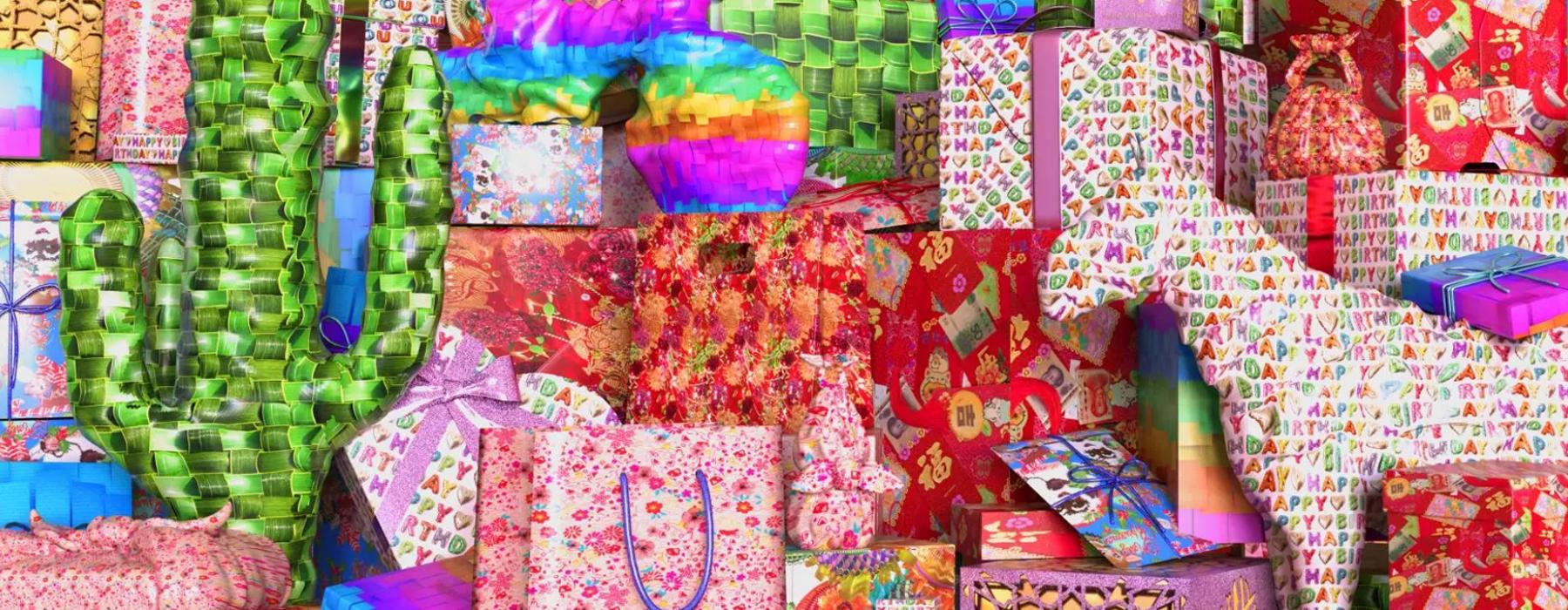
1. As few things as possible
This is a studio photo of a dervish, a kind of Muslim monk. A dervish owns as few things as possible.
He uses his begging bowl to collect food and money, and also to drink from.
Antoin Sevruguin (1840-1933); Iran; 1901; RV-A6-41 (reproduction)
2. In a nutshell
Dervishes, Muslim monks, carry begging bowls like these. Other Muslims put food and money in the
bowl. Dervishes do not own anything. But their begging bowls are often made from special materials
and are very beautiful. Look at the black one. There are pictures of dervishes carrying begging bowls
on it!
2A Uttar Pradesh, India; 1950-1970; metal; TM-3935-4
2B Iran; 1862; sea coconut, bronze; gift of Mr and Mrs Cavadino-Tophoff, 2018; 7156-1
Giving to monks
Look at the begging bowl. Who are the pictures of? What are they holding?
3. I give and we both receive
A woman is giving rice to this begging monk. This is not only a gift to the Buddhist monk. The woman
is also doing a good deed, and that might help her in her next life.
Frits Cowan (1931-2010); Thailand; 1971; TM-20041898 (reproduction)
4. Travelling light through life
This Hindu man is trying to live a spiritual life. His long dreadlocks are a symbol of a life without
owning anything. The only thing he owns is a begging bowl and some strings of beads that he uses
when he prays. This portrait was taken in a studio almost 150 years ago.
India; 1869-1885; TM-60003925 (reproduction)
5. Stuff is just ballast
These special bowls are called begging bowls. Mendicants (begging monks) use them in south Asia.
They give up everything they own to lead a religious life, and have as few desires as possible.
Buddhist, Jain and Hindu monks do this. Other people who follow the same religion give them food
or money, which they put in their begging bowl.
5A Chiang Mai, Thailand; 1960-1970; steel, aluminium and cotton; RV-4626-30
5B Burma (now Myanmar); before 1913; RV-1837-5a and RV-1837-5b
5C Tibet; before 1913; brass; RV-1860-2
6. Gift pack
Matches, toothpicks, toilet paper and soap. Buddhist monks in Thailand get useful gifts like this from
people who do not live in the monastery. They usually get them on special holidays, like New Year.
Thailand; around 1970; textile, paper, plastic, soap; TM-4113-518
7. The strong help the weak
These two collection boxes are for collecting money. The money was used to help sick people get
better. The words written on one of the boxes asks the strong to help the weak. On the other one it
says that God will reward people who give. So people who are healthy are actually expected to give
to charity, to help others, but they do get protection in return.
7A Netherlands; 1935; tinplate, paint; on loan from Museum Catharijneconvent, Utrecht, StCC m9
7B Netherlands; 1920-1930; tinplate, paint; on loan from Jewish Historical Museum, M009830
8. Religious tax
Muslims used this beaker to give gifts to poor people. Charity is a religious duty, something that all Muslims must do. It is called zakat. The size of the beaker tells you how much grain you must give.
Kasserine, Tunesia; 1900-1950; brass; WM-32172